Basic Information:
The Taklamakan Desert has an area of 337,000 km²(130,000 sq mi), making it slightly smaller than Germany, and is part of the Tarim Basin, which is 1,000 kilometers (620 mi) long and 400 kilometers (250 mi) wide. It is crossed at its northern and at its southern edge by two branches of the Silk Road as travelers sought to avoid the arid wasteland. It is the world's second-largest shifting sand desert with about 85% made up of shifting sand dunes ranking 16th in size in a ranking of the world's largest deserts. Dunes range in altitude from 60 feet (18 m) up to as much as 300 feet (91 m). The few breaks in this sea of sand are small patches of alluvial clay. Generally, the steeper sides of the dunes face away from the prevailing winds.

Because it lies in the rain shadow of the Himalayas, Taklamakan is a cold desert climate. Given its relative proximity with the cold to frigid air masses in Siberia, extreme temperatures are recorded in wintertime, sometimes well below −20 °C (−4 °F), while in summer they can rise up to 40 °C (104 °F). During the 2008 Chinese winter storms episode, the Taklamakan was reported to be covered, for the first time in its recorded history, entirely with a thin layer of snow reaching 4 centimeters (1.6 in), with a temperature of −26.1 °C (−15 °F) in some observatories. Its extreme inland position, in the very heartland of Asia and thousands of kilometers from any open body of water, accounts for the somewhat wide diurnal temperature variation.
The Taklamakan Desert has very little water, thus it is hazardous to cross. The off-road route described in the article is the "road of life" that crosses the Taklimakan Desert along the 39°N line. Also known as N39.
N39 Overview:
The length of the N39 straight line across the desert is about 850-900 kilometers. Due to the complex desert environment of the Taklimakan Desert. The team needs to detour about 1500 kilometers to cross it.
The Taklimakan Desert is not a lifeless "land of death", because it is located in the Tarim Basin. Thus, the water in the Tarim Basin flows through the underground of the Taklimakan Desert. Due to unfavorable factors such as rapid evaporation. Part of the water flow dries up in the Taklimakan Desert. But there are still many places in the desert that can replenish water. This is good news for the challengers who travel across N39.
This is not so much a route to test off-road skills and experience. This is an "endurance race" that examines team collaboration capabilities and logistics support teams. Here, challengers don’t need to complete difficult off-road projects. No need to race against time to fight for the championship. They have to do is come out from the endless desert.
The History Of N39:
The history of N39 dates back to 1895. At that time, the famous explorer Sven Anders Hedin from Sweden led his team along 39°N. They tried to cross the Taklimakan Desert. But they underestimate the difficulties. Due to lack of water and getting lost, almost all the team members and camels died, and the team only traveled 300 kilometers. In the end, there were only 2 survivors. Since then, the name of N39 has been known to many archaeologists, explorers, and off-road enthusiasts.
After 60 days, the Sino-British expedition successfully traversed the Taklimakan Desert with enough logistics supplies in October 1993. This is the first time that human has successfully crossed The Taklamakan Desert.
Over the years, news reports about the N39 line have been increasing. Off-road enthusiasts have also begun organized driving across The Taklamakan Desert activities.
Do you think driving through the Taklimakan Desert is so much better than riding a camel? Driving on soft sand dunes and endless deserts. In terms of finding water, A car is not as good as a camel.









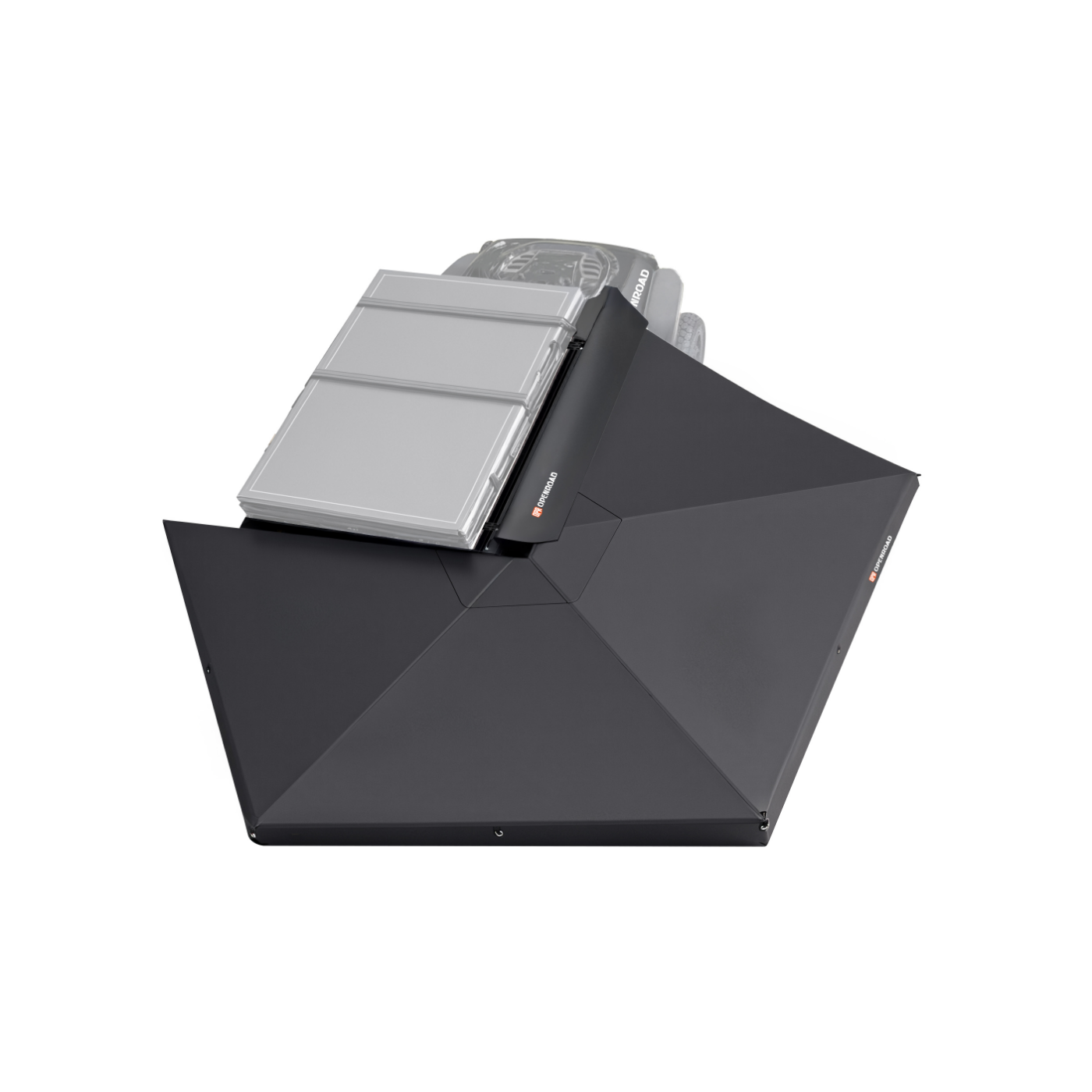
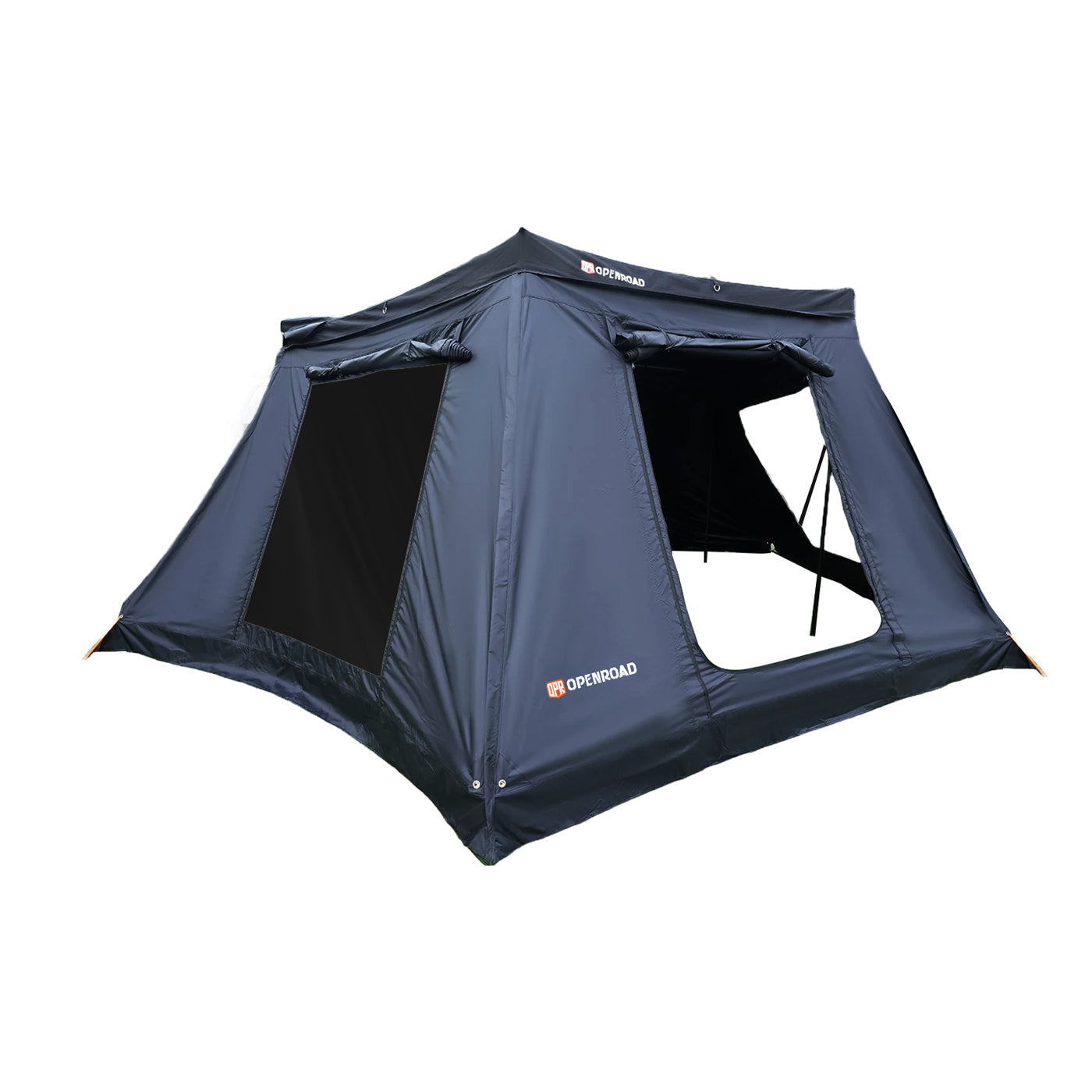
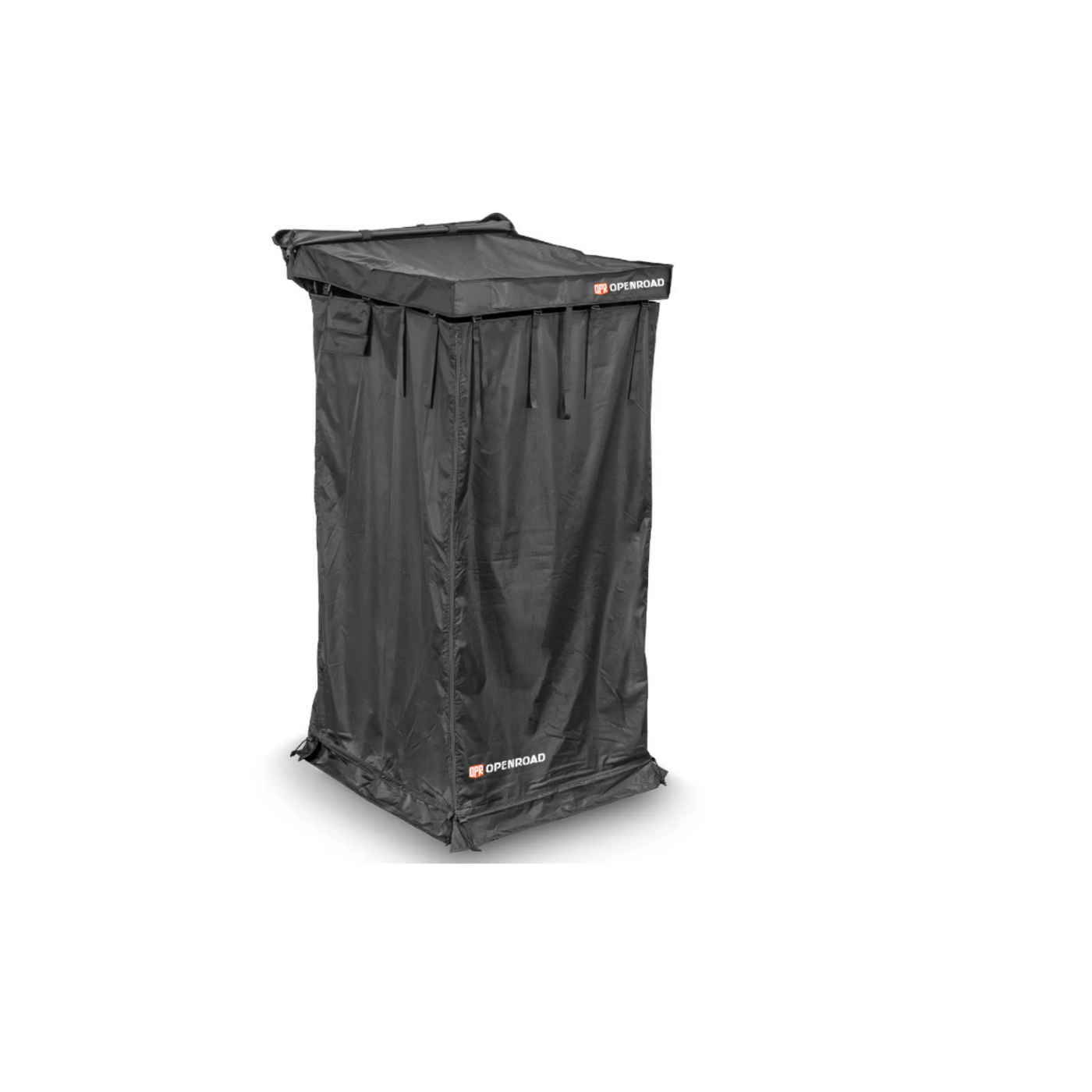
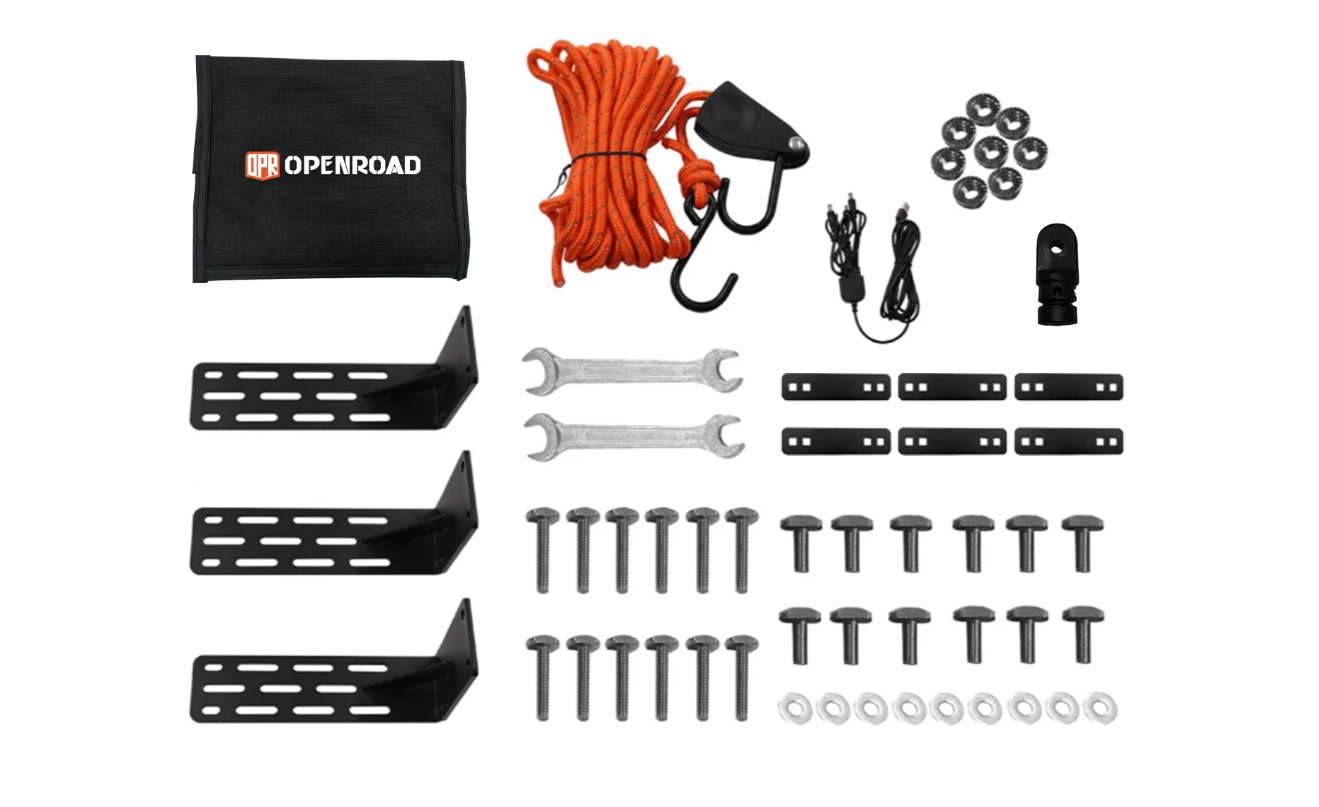

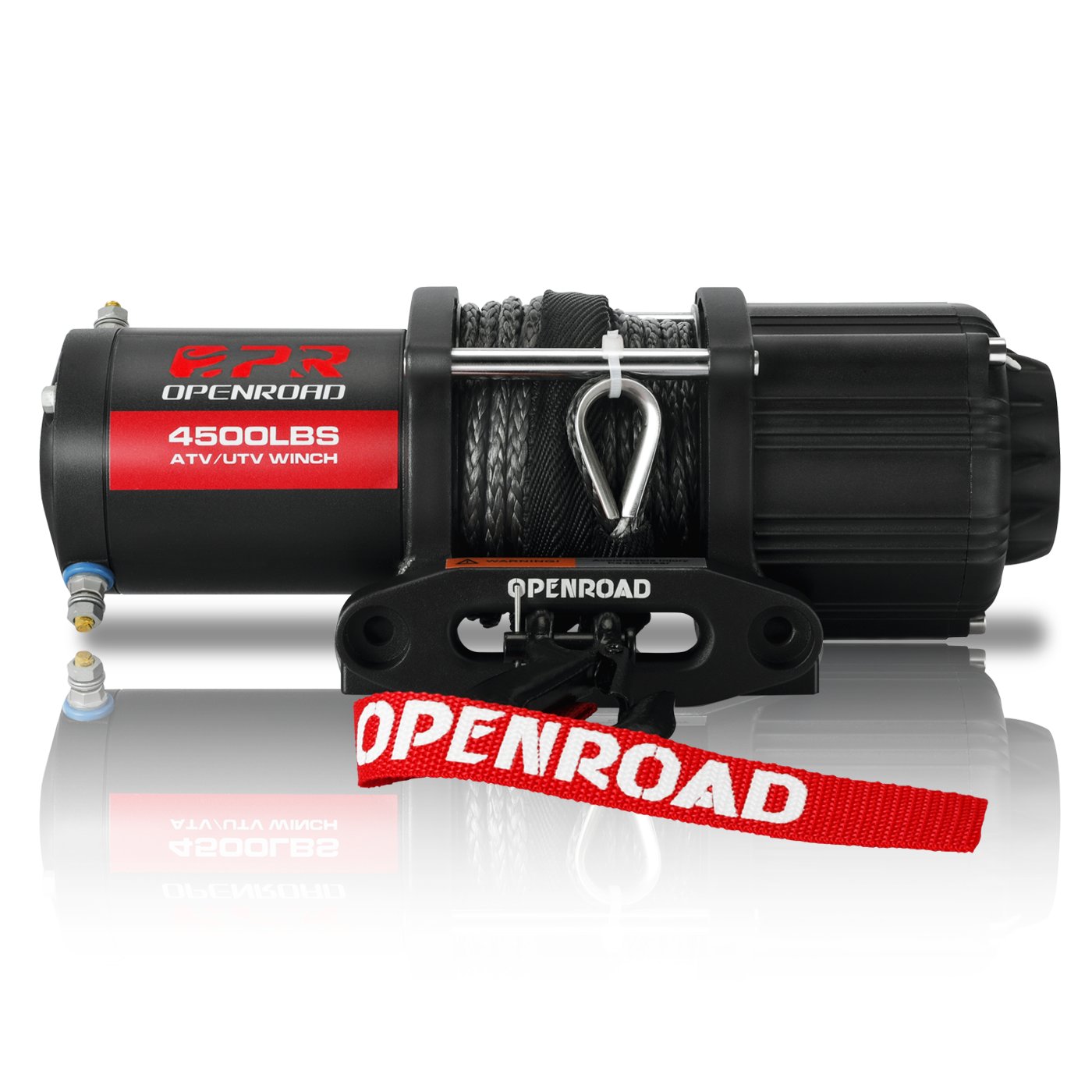
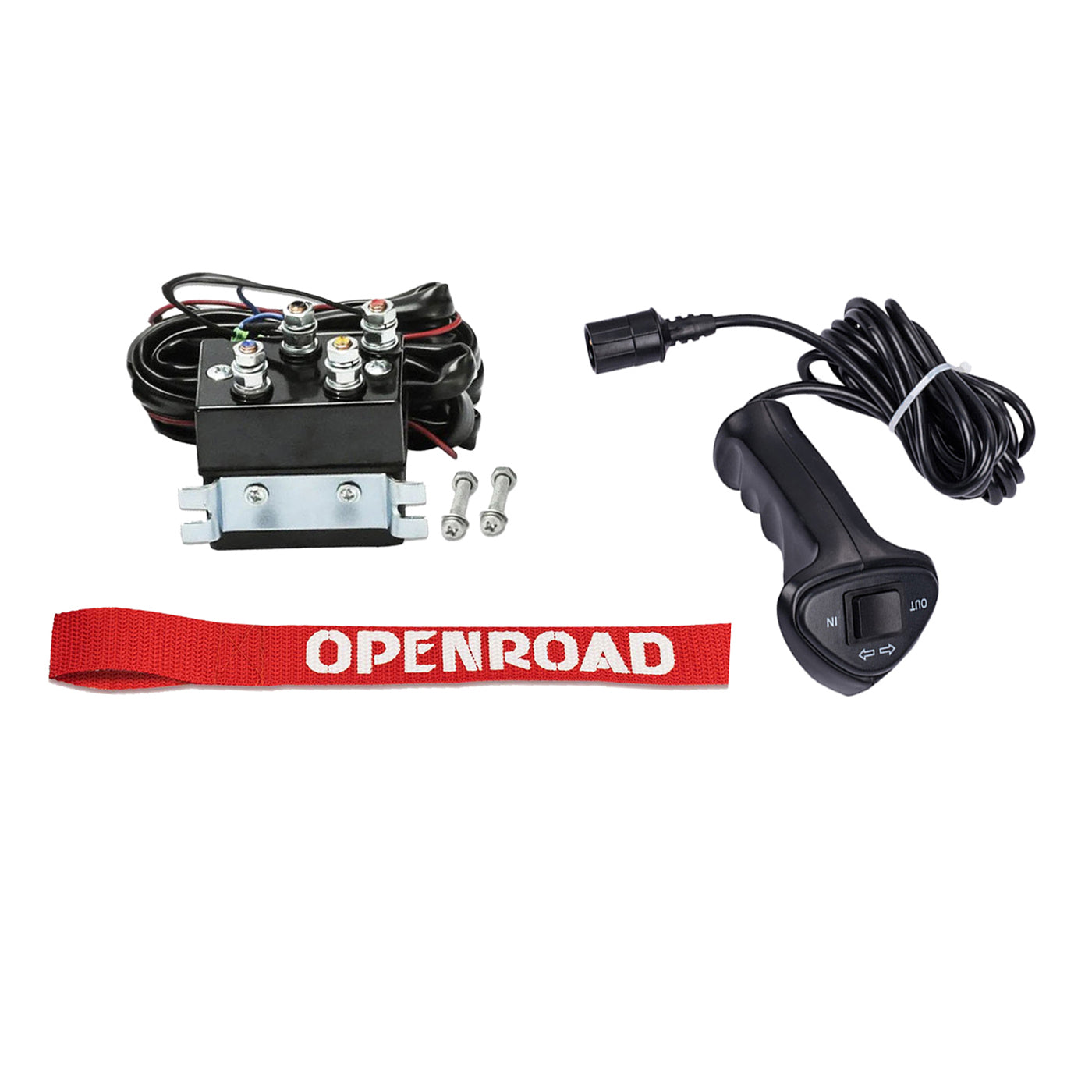

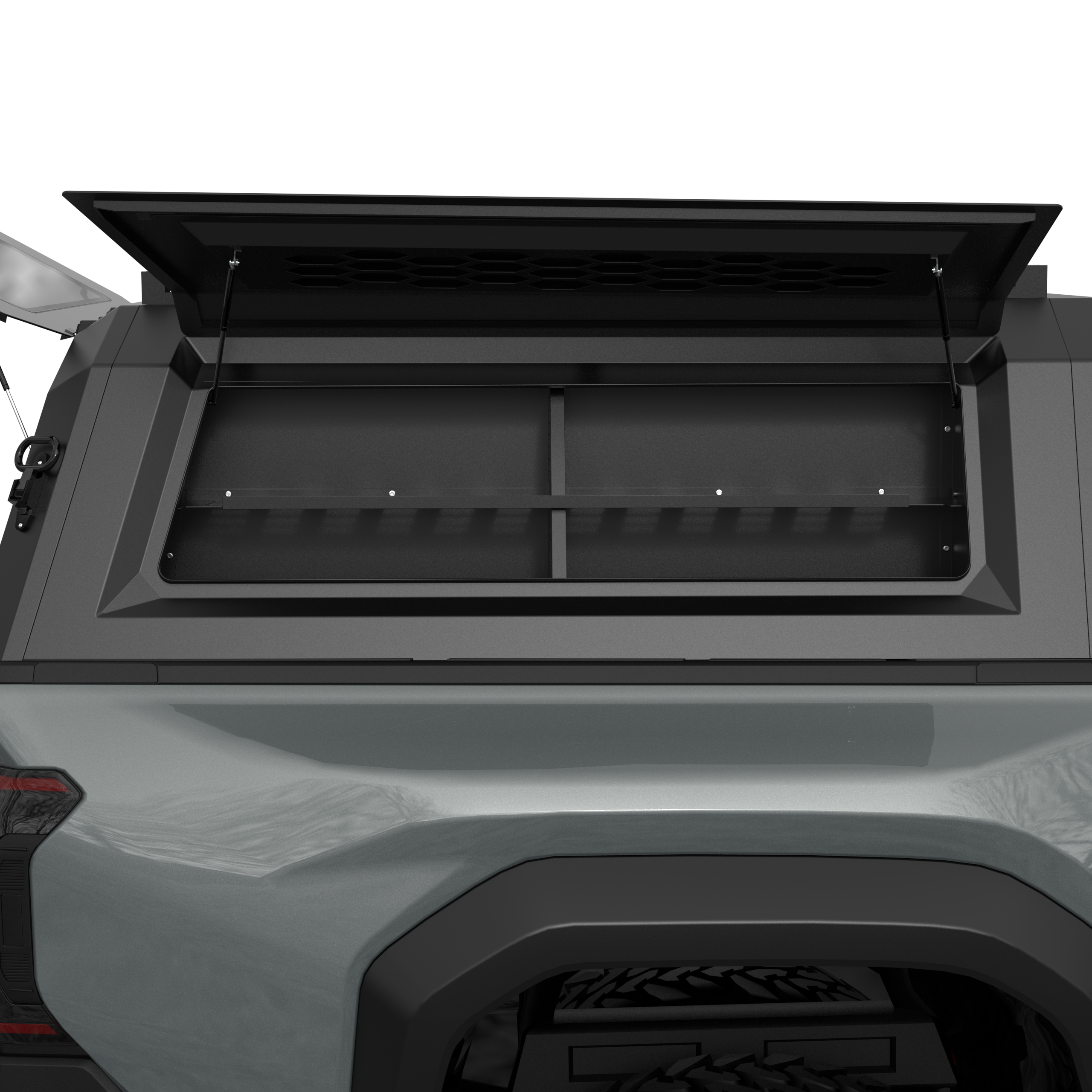

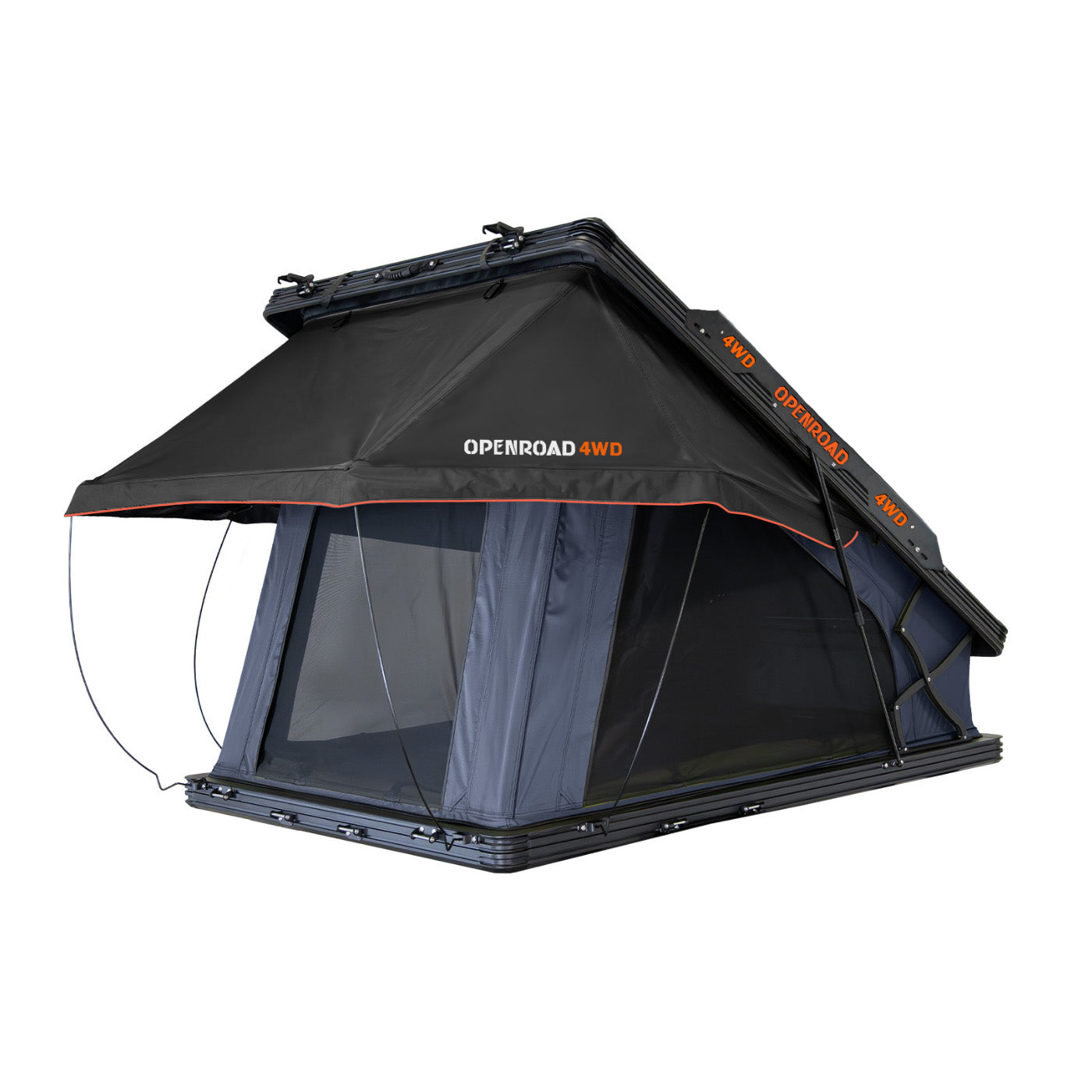

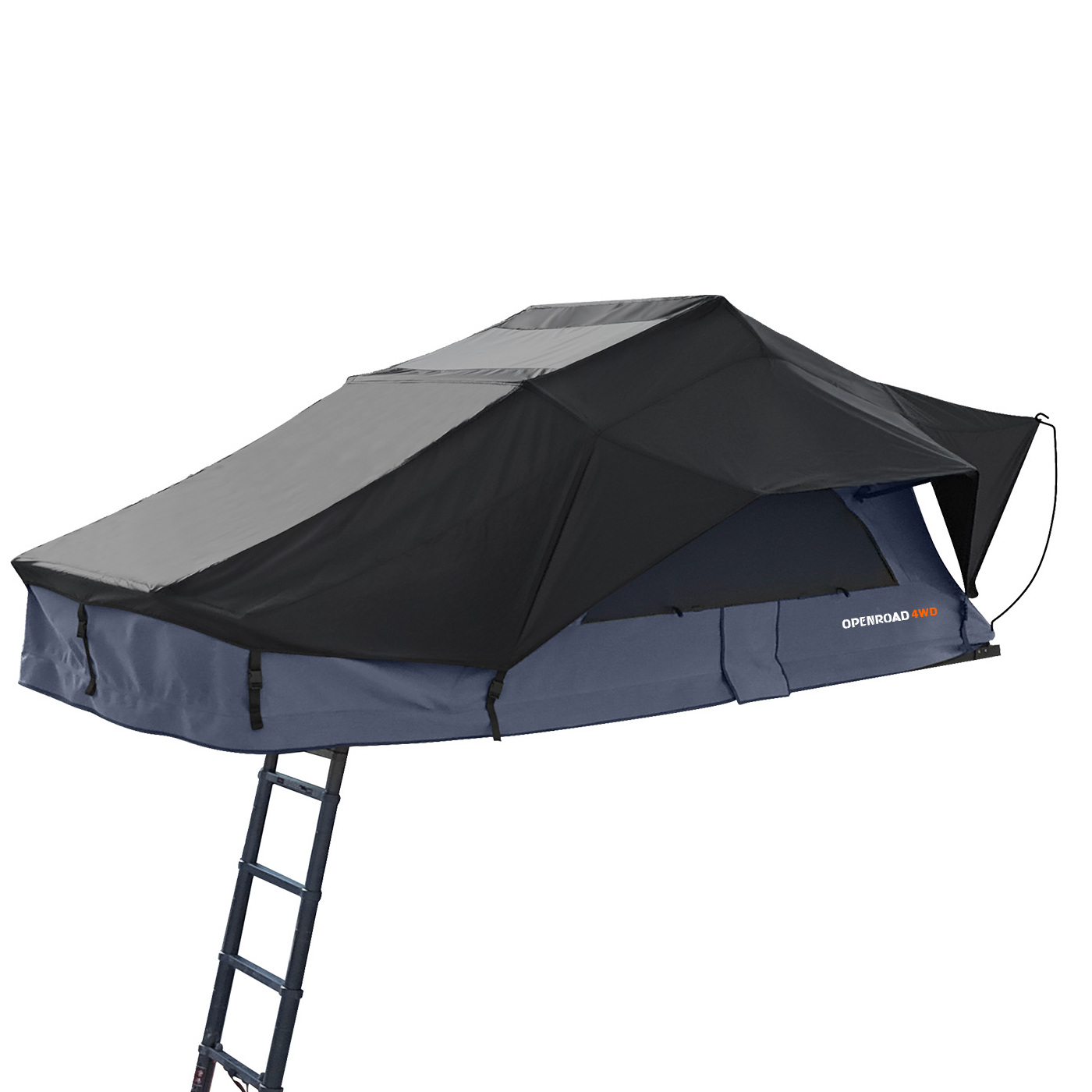
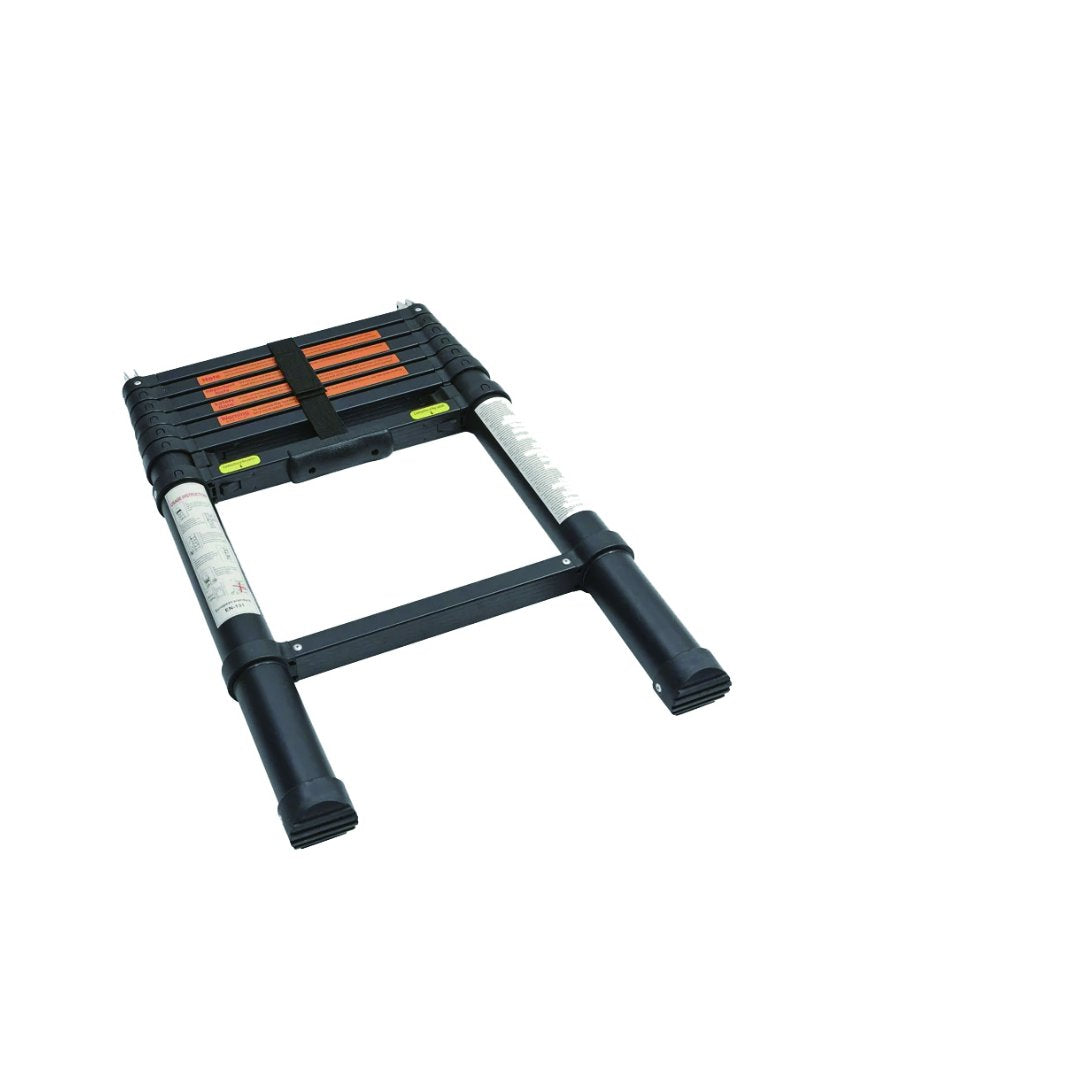
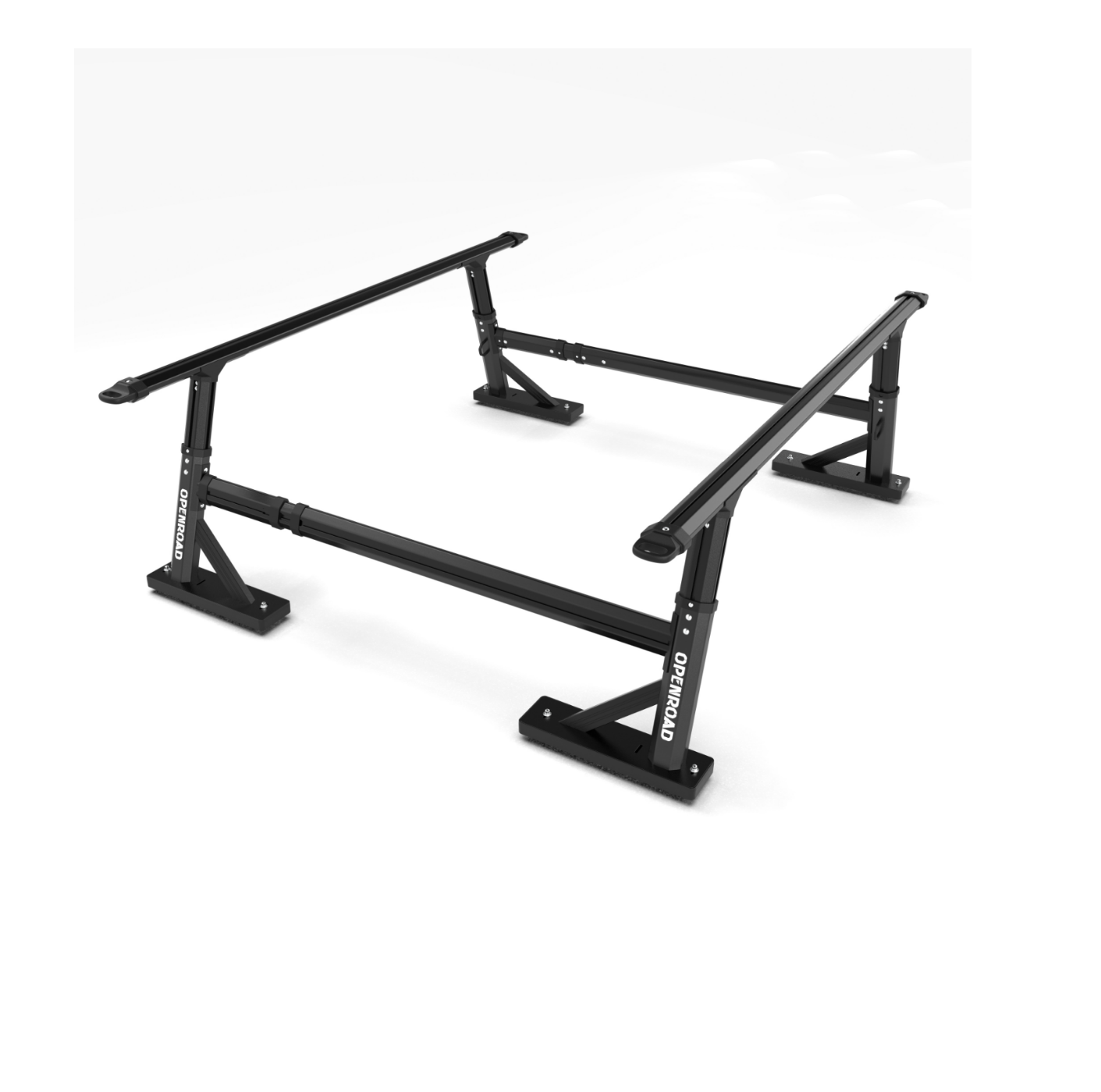
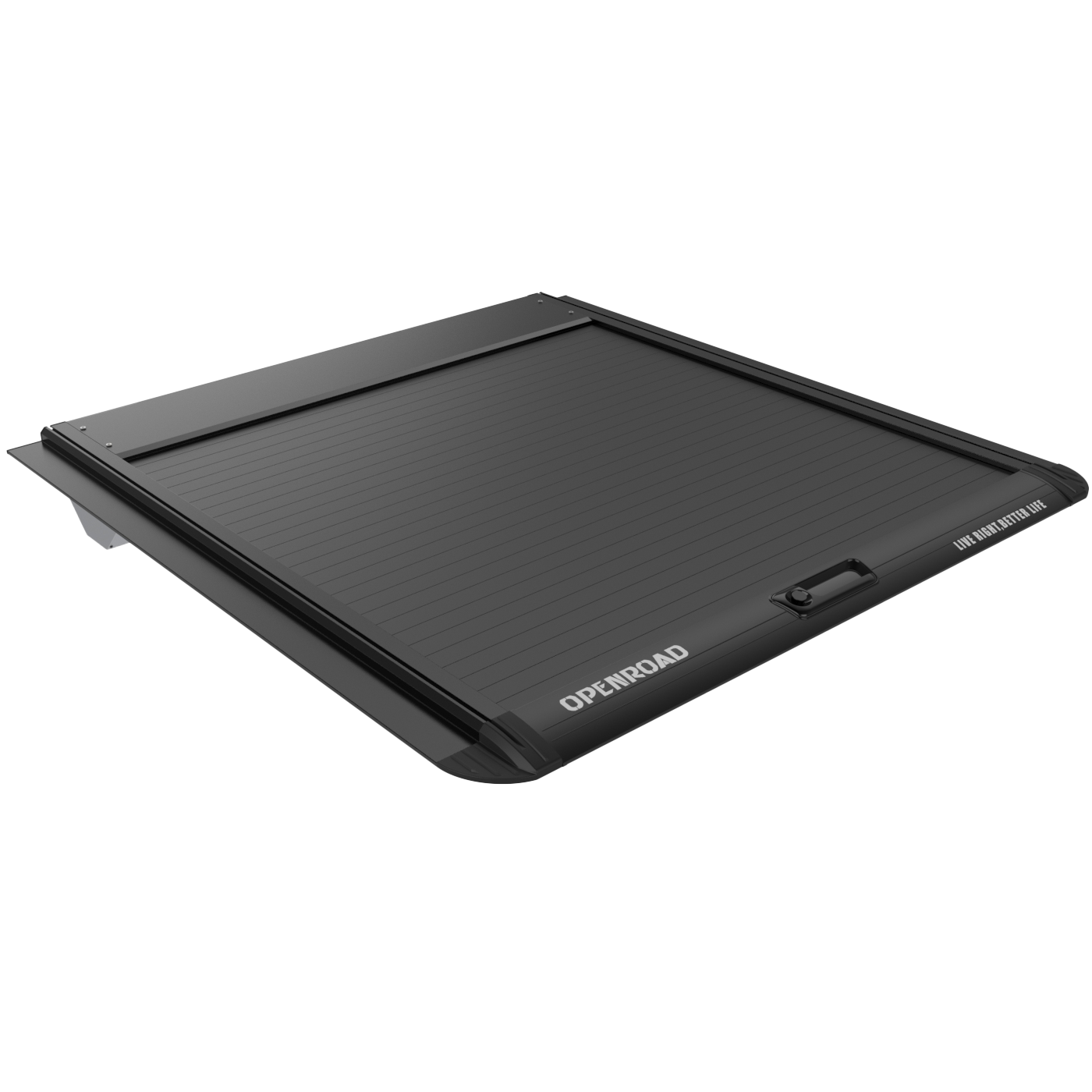
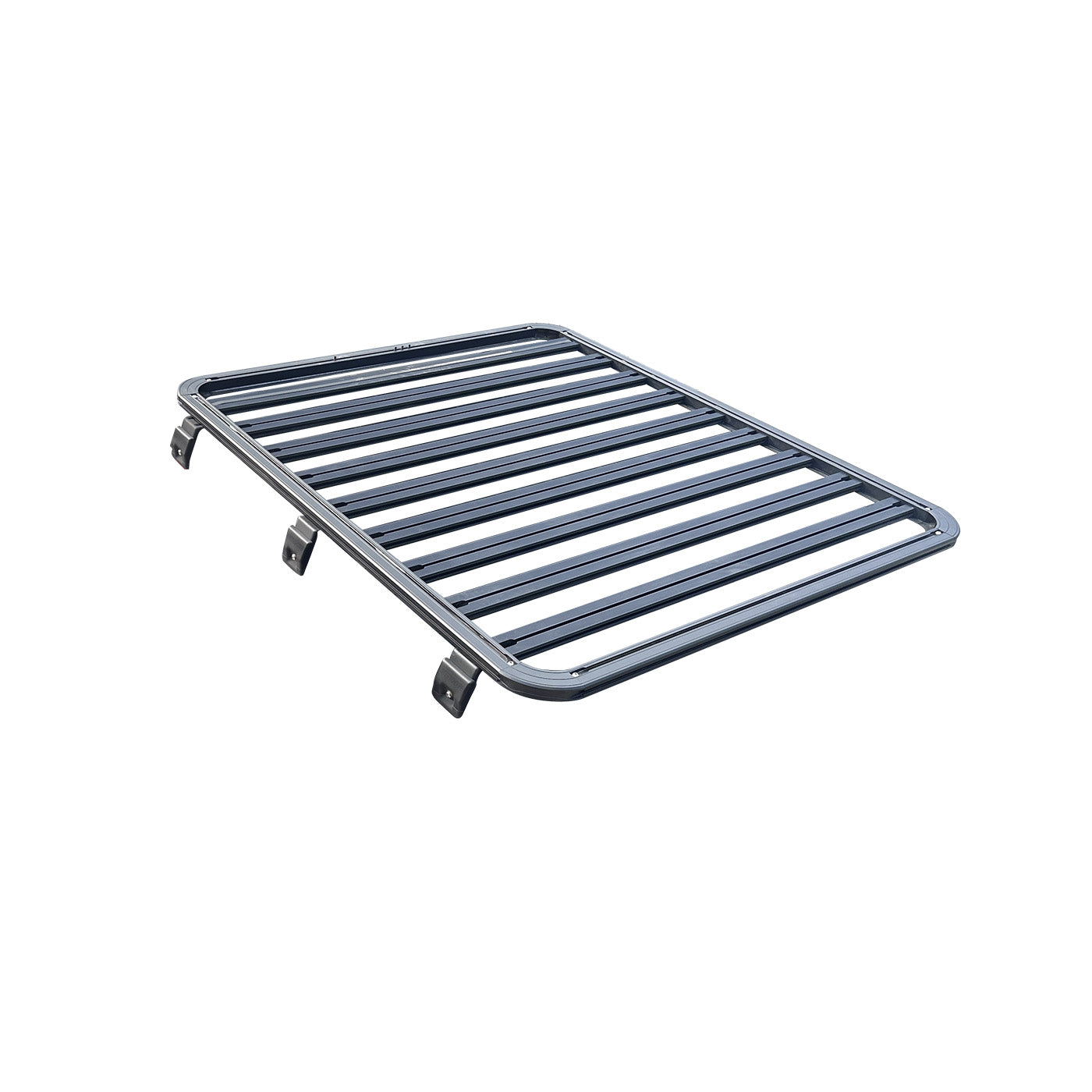
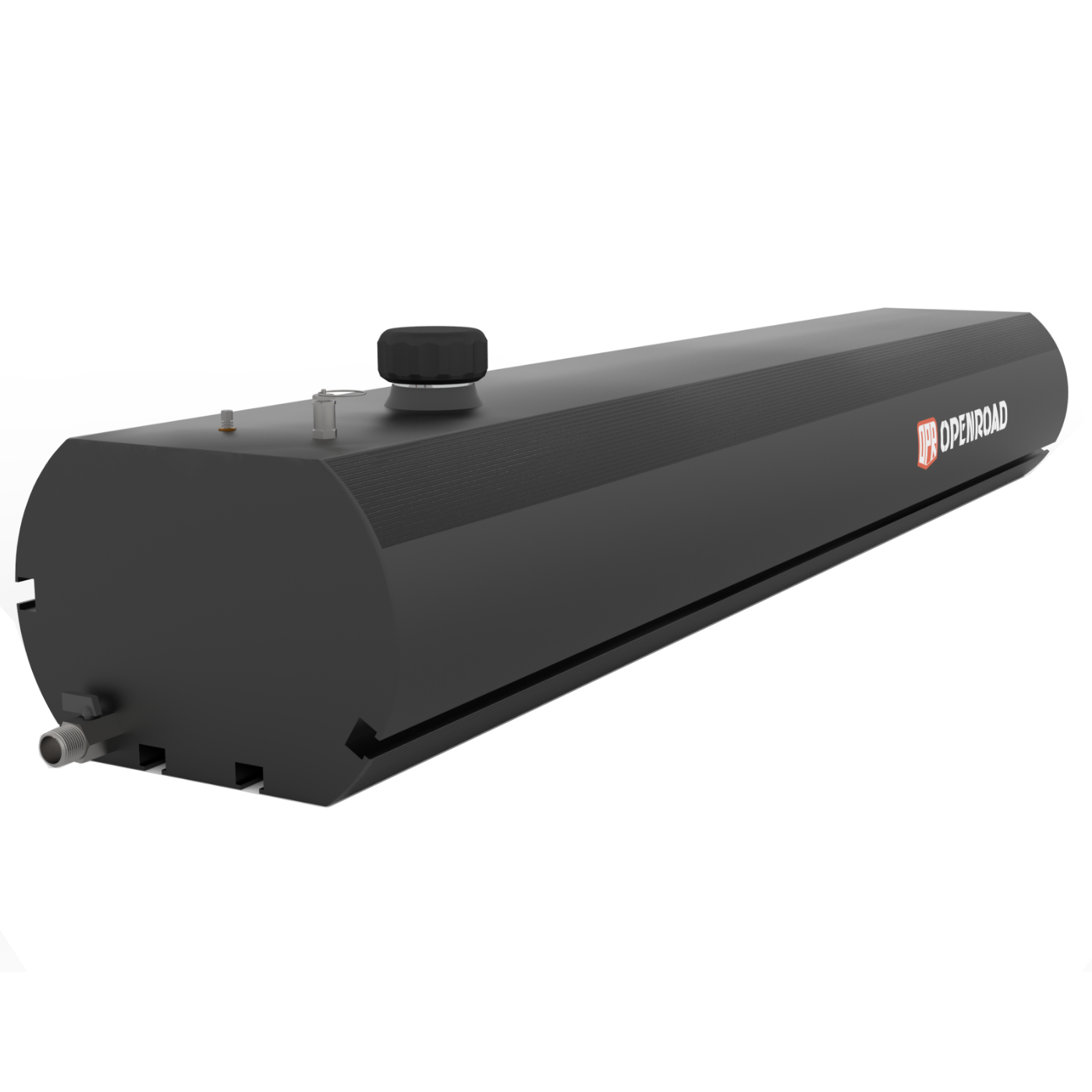
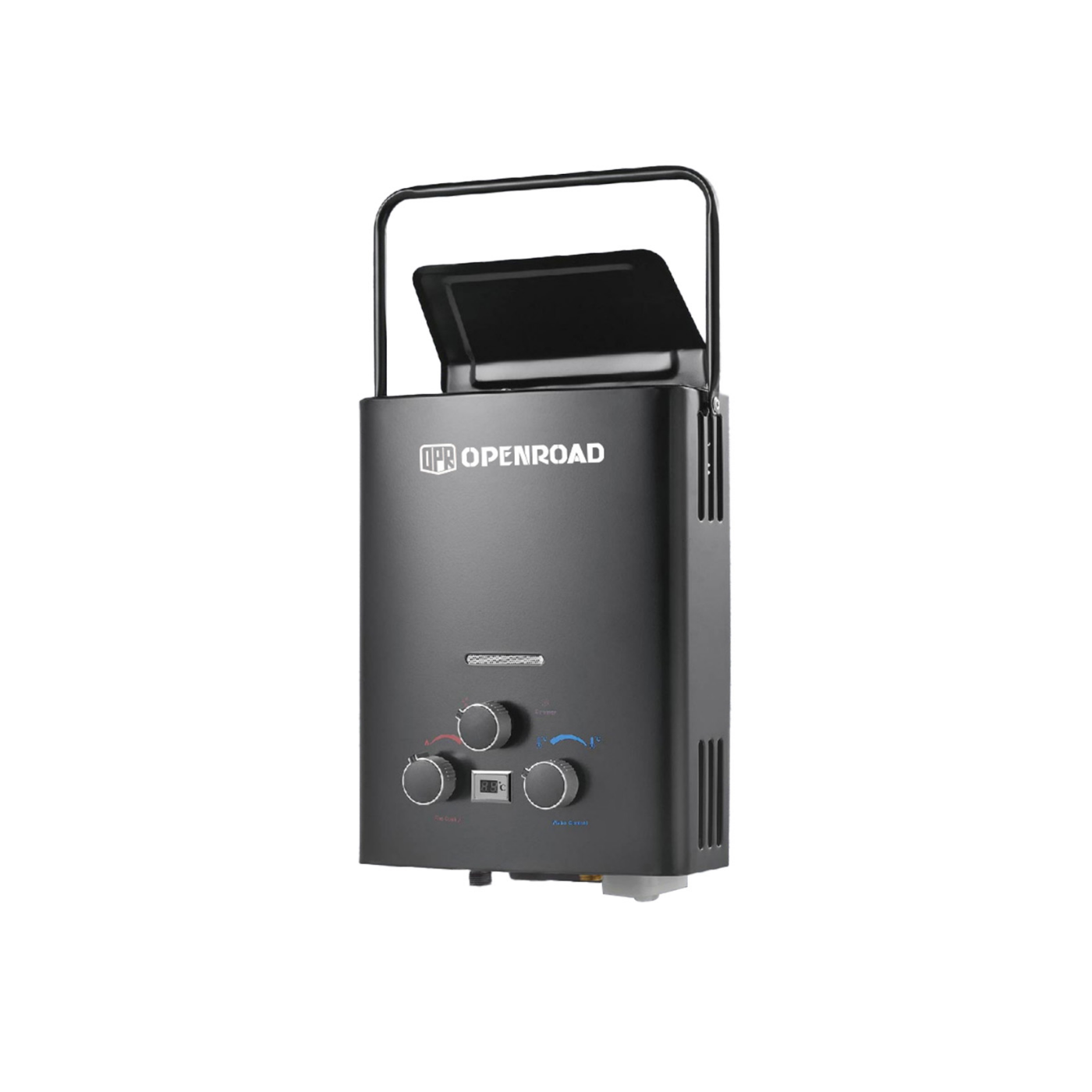
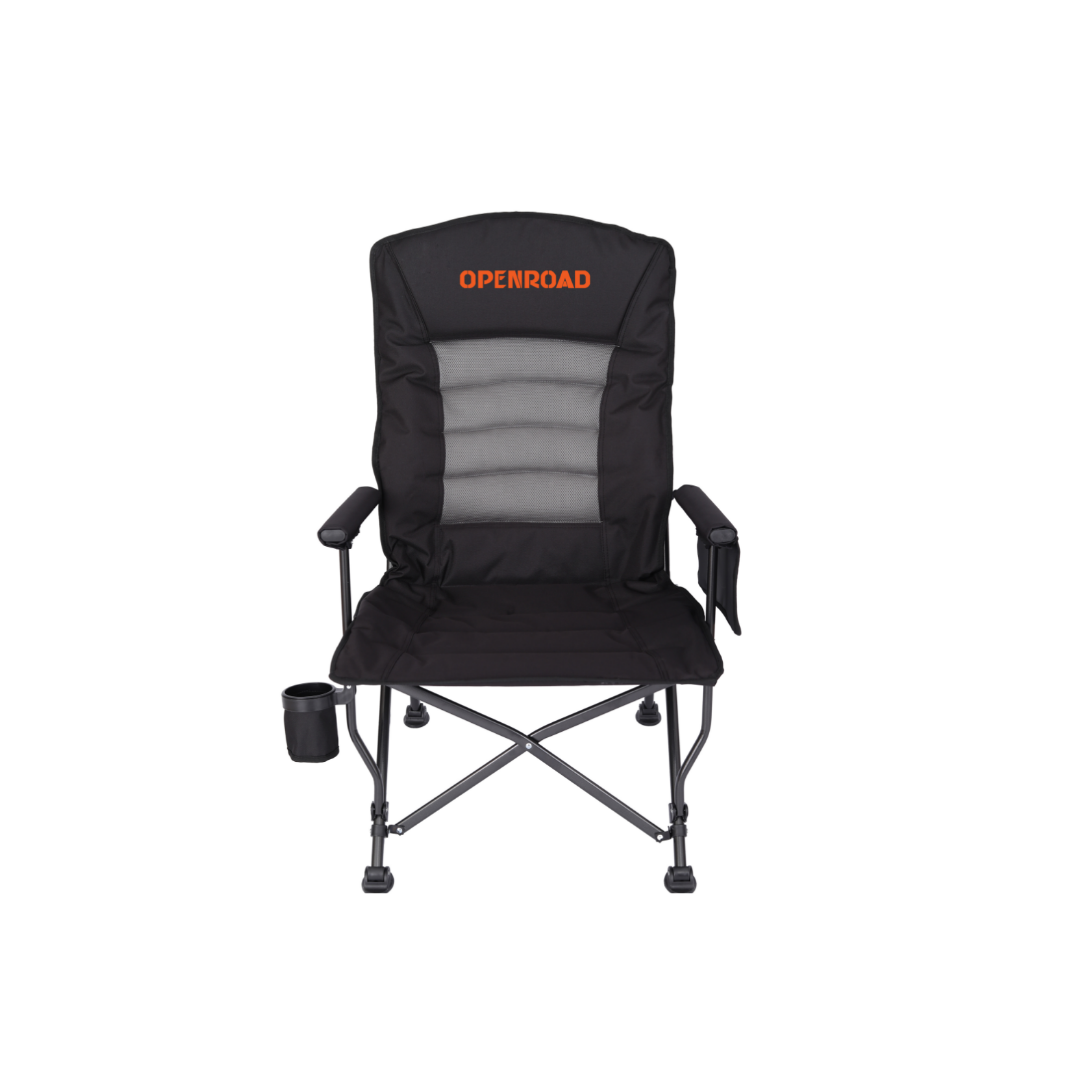

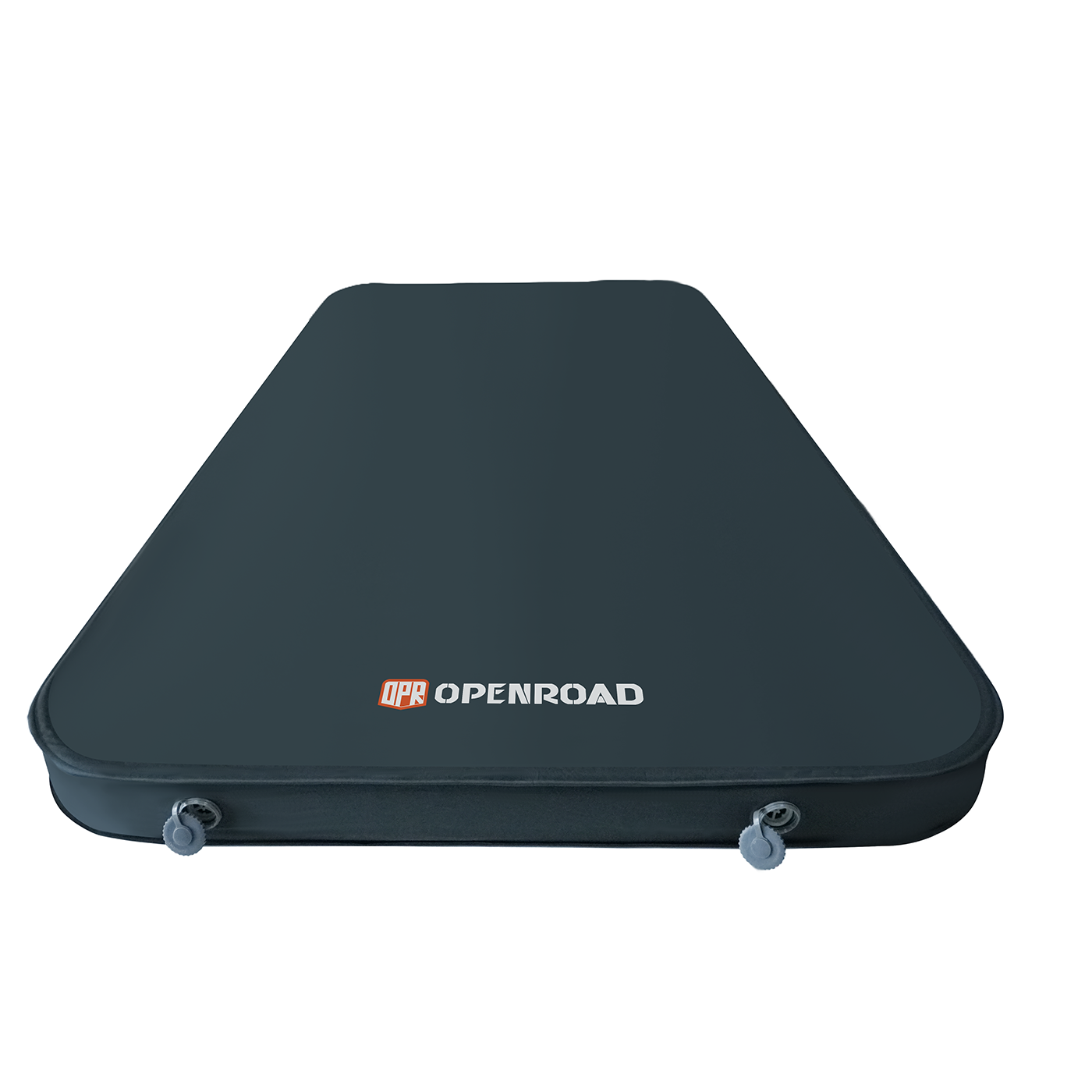
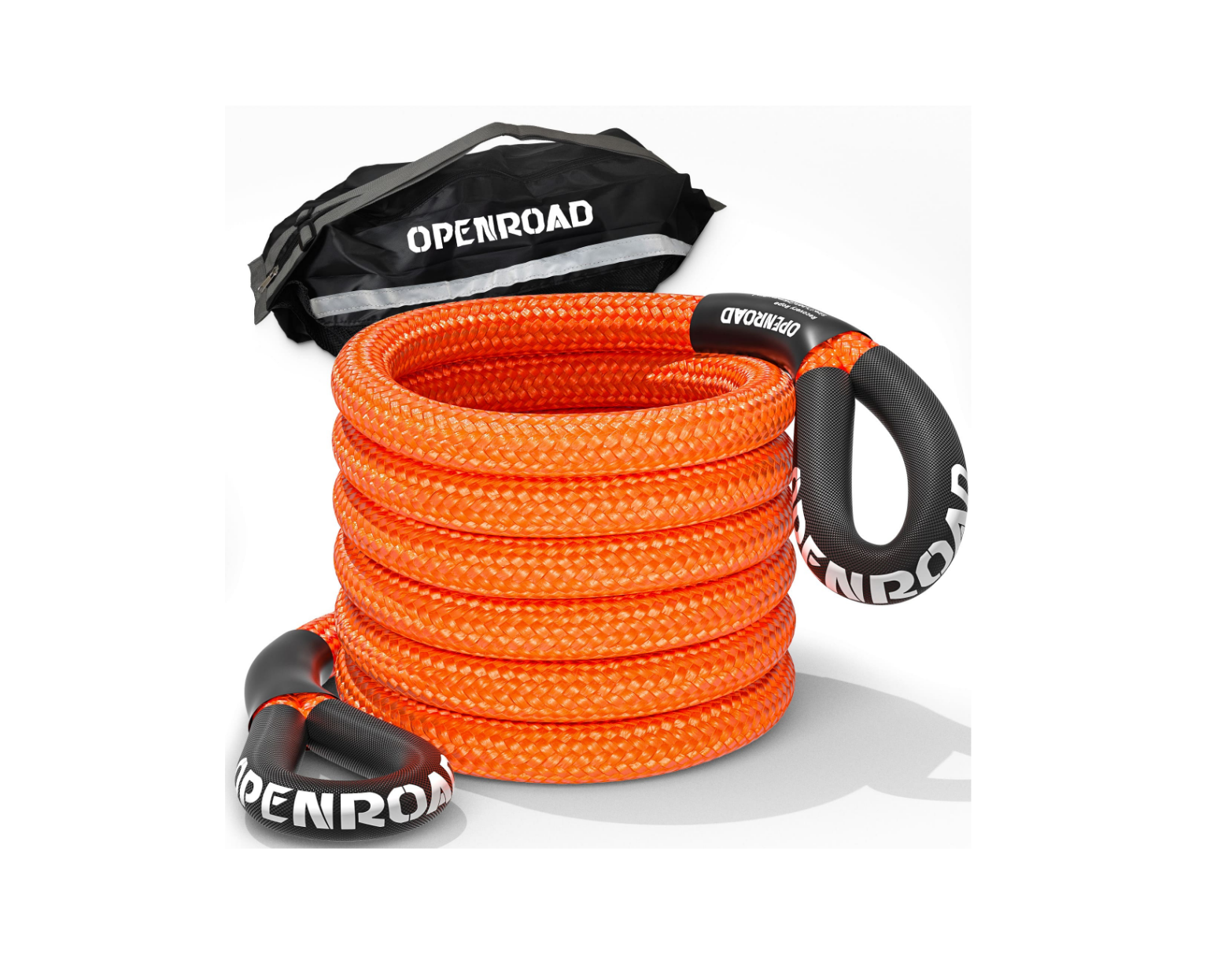
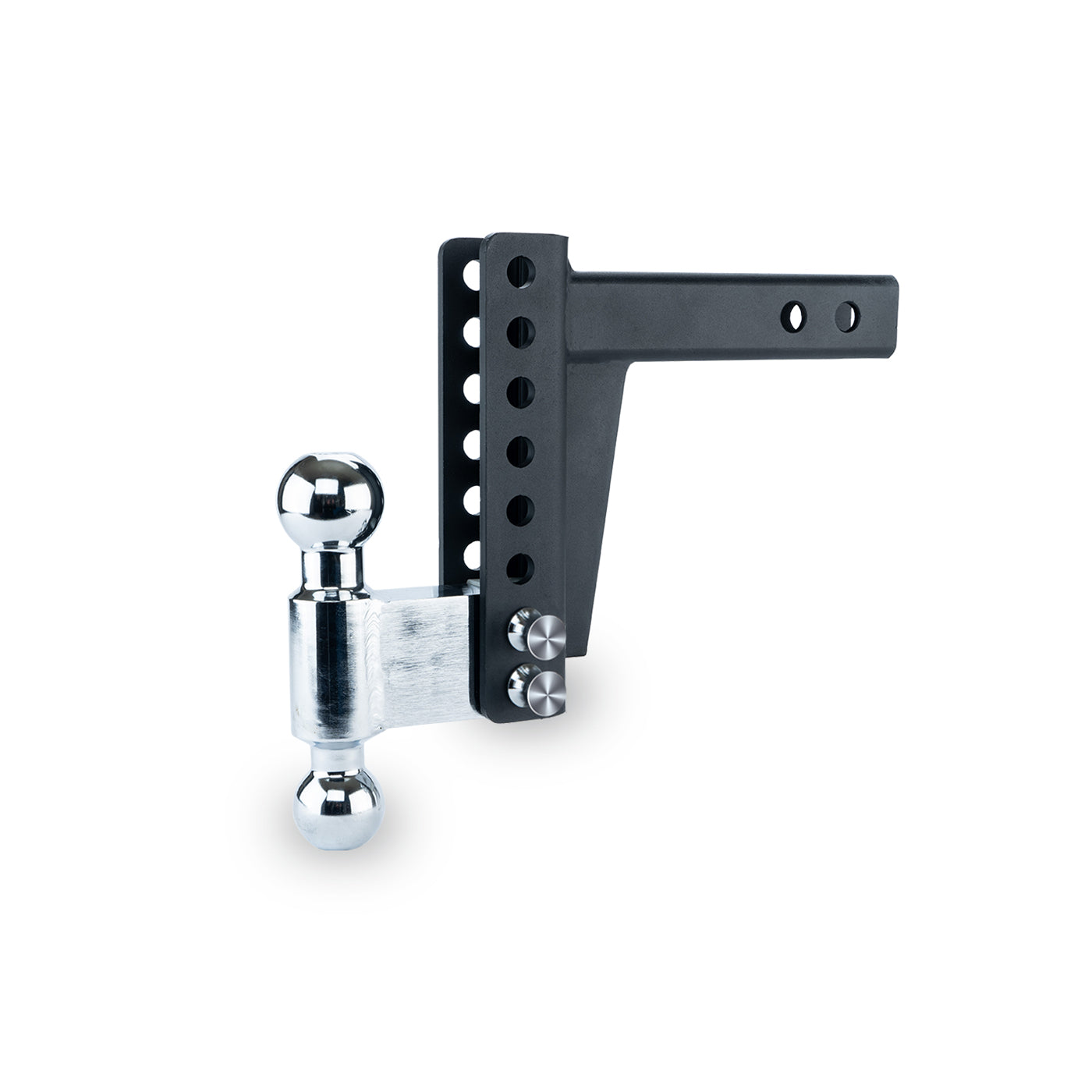




Leave a comment